Investing in stablecoin is a good idea when you trade in a high-volatile market like cryptocurrency. But it also comes with pros and cons.
Understanding the pros and cons of investing in stablecoin is a must. Especially if you trade in a market with high volatility, in this case, using a stablecoin might be a good idea. That being said, stablecoin also has its advantage and disadvantage. It's a cryptocurrency that is usually pegged to another asset that has a stable value, such as fiat currencies, commodities, or other cryptocurrencies. If you don't understand its pros and cons, it can be difficult to use it for your gain.
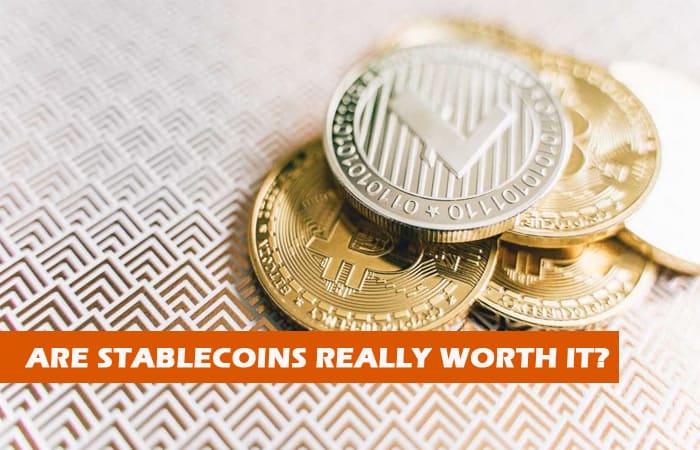
Contents
Understanding Stablecoin
The rise of stablecoin began after 2017, when Bitcoin rose to almost $20,000 and then fell more than 50%. Because of this, traders are looking for a less volatile crypto-based asset.
Crypto traders prefer investing in Stablecoin because it stays in the cryptocurrency market. This allows them to move faster between trades without having to wait to transfer to fiat money.
See also: List of Cryptocurrency Exchanges Accepting USD Fiat Deposit
Types of Stablecoins
There are plenty of types of Stablecoin; each has its characteristic and advances. This might confuse you slightly if you are new in the crypto world. Here is a guide to some major types of stablecoins.
- Fiat-Backed Stablecoin
The first on the list is fiat-backed stablecoin. This is a type of stablecoin where the tokens are associated with the value of fiat currencies. Most fiat-backed stablecoins are backed with dollars. But other types are backed with other currencies, such as the Chinese Yuan. - Commodity Backed Stablecoin
The commodity-backed stablecoin is backed with hard assets such as gold. Sometimes it can be backed with real estate as well. But the most commonly used as collateral is gold. This might be an interesting option for those who love to trade gold. - Crypto-Backed Stablecoin
This one is unique. A crypto-backed stablecoin uses another crypto to counteract high volatility in the market. The goal is to maintain an overcollateralized position. The stablecoin will circulate a lower supply against the reserve than fiat-backed currencies. - Siegniorage Style Stablecoin
Unlike stablecoins that use assets or currencies, this one governs and is backed by an algorithm process. The idea came from Robert Sams, a cryptographer who coined the idea of the Federal Reserve Coin (fedcoin) that has this function.
Stablecoin Pros and Cons
So, after reading all about Stablecoin, you might be interested in using it to help you with trading. But, before you do that, it is important to know stablecoin's pros and cons to know the best type for you.
1. Pros of Investing in Stablecoin
- Value Stability: stability. In contrast to various cryptocurrencies, stablecoins maintain a peg to a stable asset like the US dollar, ensuring minimal volatility. This characteristic makes them an appealing investment choice for risk-averse individuals seeking to steer clear of the unpredictable fluctuations commonly found in other cryptocurrencies.
- Low Volatility: Due to their peg to a stable asset, stablecoins exhibit considerably reduced volatility compared to other cryptocurrencies. This attribute renders them a more predictable investment alternative, granting investors the confidence that their assets will not fluctuate substantially.
- Protections Against Inflation: Stablecoins frequently maintain a peg to fiat currencies, safeguarding against inflation. While fiat currencies gradually lose value due to inflation, stablecoins can preserve their worth, offering investors a secure haven to safeguard their assets.
- Faster Transaction: Stablecoins are specifically engineered to enable swift and streamlined transactions. Utilizing blockchain technology empowers them to process transactions quicker and at lower costs than conventional payment methods.
2. Cons of Investing in Stablecoin
- Centralized: A notable aspect of numerous stablecoins is that they are issued and governed by a singular entity, potentially subjecting them to centralized control. This aspect can raise concerns for investors seeking decentralized investments without single authoritative control. Furthermore, centralized control exposes stablecoins to regulatory risks, as governments may perceive them as a potential threat to national currencies and consequently seek to regulate or even prohibit their usage.
- Regulatory Risk: Stablecoins belong to a relatively recent asset category, which currently lacks the exact extent of regulatory scrutiny as conventional financial products. This absence of robust regulation exposes stablecoins to regulatory risks, as governments might consider implementing regulations or even banning stablecoins if they perceive them as potential challenges to their national currencies.
- Potential Fraud: Like other digital assets, stablecoins are susceptible to fraud and hacking. If an attacker manages to breach the stablecoin's underlying blockchain or infrastructure, there is a potential for value manipulation or the misappropriation of investors' funds. This risk is of particular concern for investors seeking a trustworthy store of value or a stable currency for transactions.
Examples of Popular Stablecoins
Since they rose to popularity, there have been many kinds of Stablecoin in the market. But which one is the best? That is a hard question to answer, as they all have pros and cons. On the bright side, there are plenty of stablecoins that you can choose. Here are some of the best stablecoins right now:
- True USD
True USD or TUSD is a stablecoin that US Dollar backs. It is considered one of the most liquid stablecoins in the market. The advantage of TUSD is the lower transaction fees that allow wire transfers of fiat currency and higher interest rates on stored balances. The company behind TUSD also has other stablecoins pegged to other major currencies, such as True GBP, True AUD, and many more. - Tether
The name Tether is quite familiar to those who use stablecoins. This is one of the most popular stablecoin in the crypto market. Tether chain itself to the value of USD and is backed by gold, traditional currency, and cash equivalent. It is also known for its security and easy integrations with crypto to flat platforms. - USD Coins
Also known as USDC, it's a stablecoin backed by Coinbase. If you don't know Coinbase, it is one of the biggest Bitcoin brokers and exchange holders of Bitcoin. - Binance USD
Crypto exchange Binance also releases a Binance USD, which is also called BUSD. It is pegged 1:1 to the US Dollar. - Paxos Standard
Paxos Standard, PAX, aims to keep 1:1 parity with the USD. It was created to answer the Tether printing controversy.
How to Use Stablecoin
If you want to start investing in stablecoin, you might want to learn how to use it. In short, it can be done on participating exchange platforms. But remember that every platform might have a different policy or sign-up process.
Now that you are registered, you must purchase stablecoin with a 1:1 ratio. Most platforms allow credit or debit cards, so make sure you know their payment method. This step is similar to choosing which site to buy cryptocurrencies from.
Once you purchase a coin, it will appear as an asset in your wallet. Now you can convert stablecoins as often as you want. You can also trade against popular crypto coins.
You can also transfer stablecoin into a crypto-saving account. Typically, you won't earn interest with stablecoins. But a crypto saving account can ensure interest over time, so it is worth trying.
Investing in stablecoin does not bring you significant profit by itself, but trading cryptocurrencies might. You can find out how to make profit from cryptocurrency here.

 Dedicated FREE FOREX VPS
Dedicated FREE FOREX VPS Free FOREX Virtual Private Server
Free FOREX Virtual Private Server MT4 Demo Contest, Get $500
MT4 Demo Contest, Get $500 Sign Up for an Account, Claim 60% Deposit Bonus
Sign Up for an Account, Claim 60% Deposit Bonus Free MT4/MT5 VPS 2024
Free MT4/MT5 VPS 2024 Send E-mail and Get Free Merchandise
Send E-mail and Get Free Merchandise $1K Refer a Friend Bonus for Pepperstone Pro clients
$1K Refer a Friend Bonus for Pepperstone Pro clients Maximize Your Earnings with 100% Deposit bonus
Maximize Your Earnings with 100% Deposit bonus Trade to Win, $5,000 Monthly Demo Contest
Trade to Win, $5,000 Monthly Demo Contest Claim 30% + 15% Deposit Bonus from LiteFinance
Claim 30% + 15% Deposit Bonus from LiteFinance
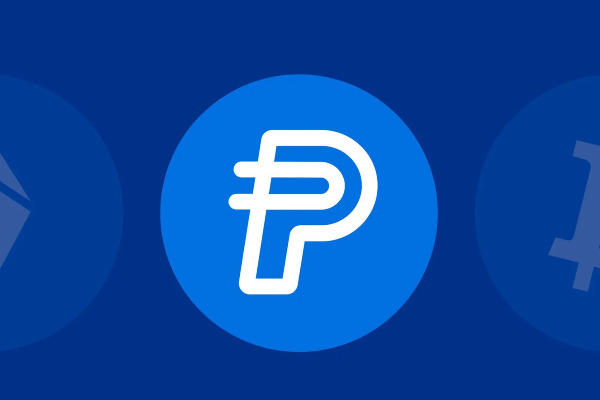
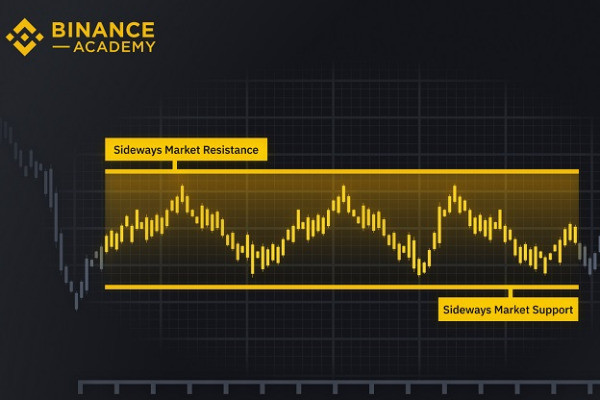
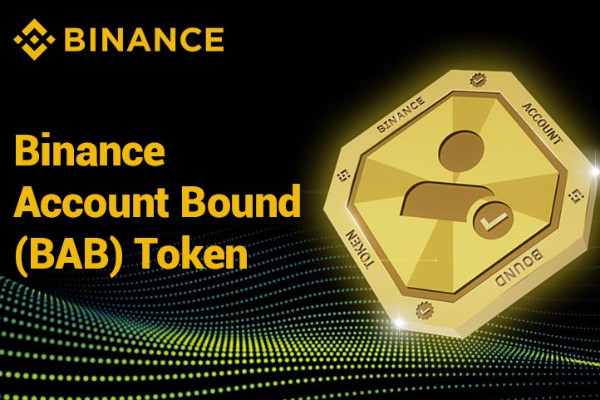

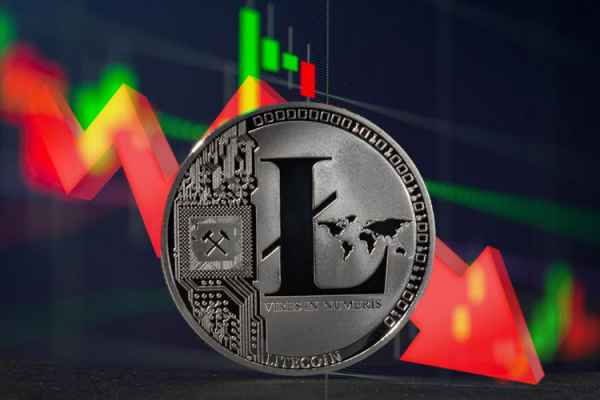

 Bitcoin
Bitcoin Ethereum
Ethereum Tether
Tether BNB
BNB Solana
Solana USDC
USDC XRP
XRP Dogecoin
Dogecoin Toncoin
Toncoin Cardano
Cardano
3 Comments
Lunatic
Jul 30 2021
You forgot Terra UST. It has 2x the market cap of True USD and behaved impressively, built on a proven crypto protocol that's fueling Chai, the largest payments app with 2.6 million users in South Korea.
Patrick
Dec 4 2022
So what is the main purpose of creating stablecoins and should traders and investors invest in them? We know the world of cryptocurrencies is not safe because it is backed by non-fundamental things such as speculators and FOMO traders. I mean, this can make crypto rise high over the years and then crash in a matter of days, which is ridiculous. And now, are crypto developers releasing crypto called stablecoins? I don't understand the purpose at all!
Patrick
Dec 4 2022
So what is the main purpose of creating stablecoins and should traders and investors invest in them? We know the world of cryptocurrencies is not safe because it is backed by non-fundamental things such as speculators and FOMO traders. I mean, this can make crypto rise high over the years and then crash in a matter of days, which is ridiculous. And now, are crypto developers releasing crypto called stablecoins? I don't understand the purpose at all!